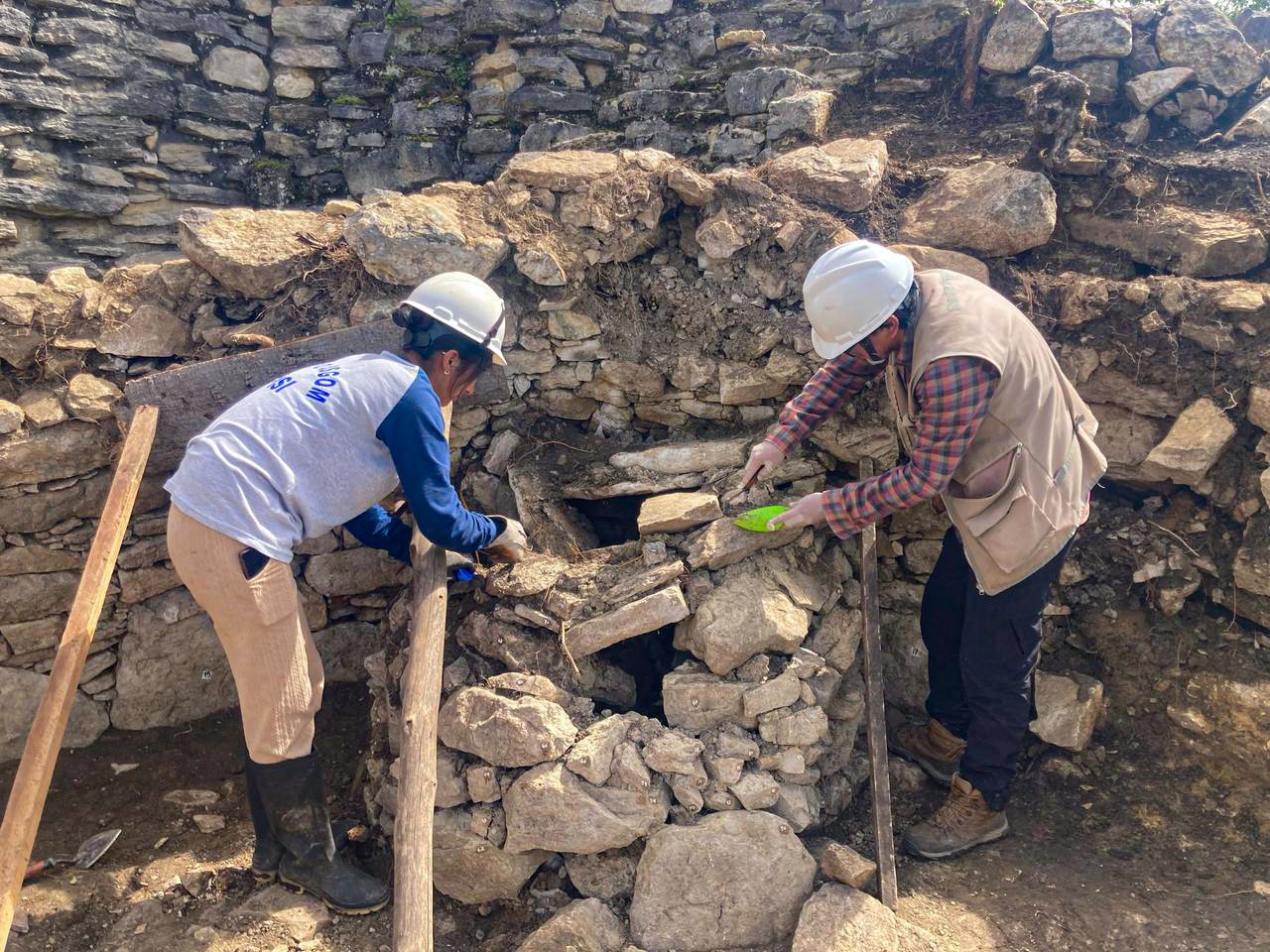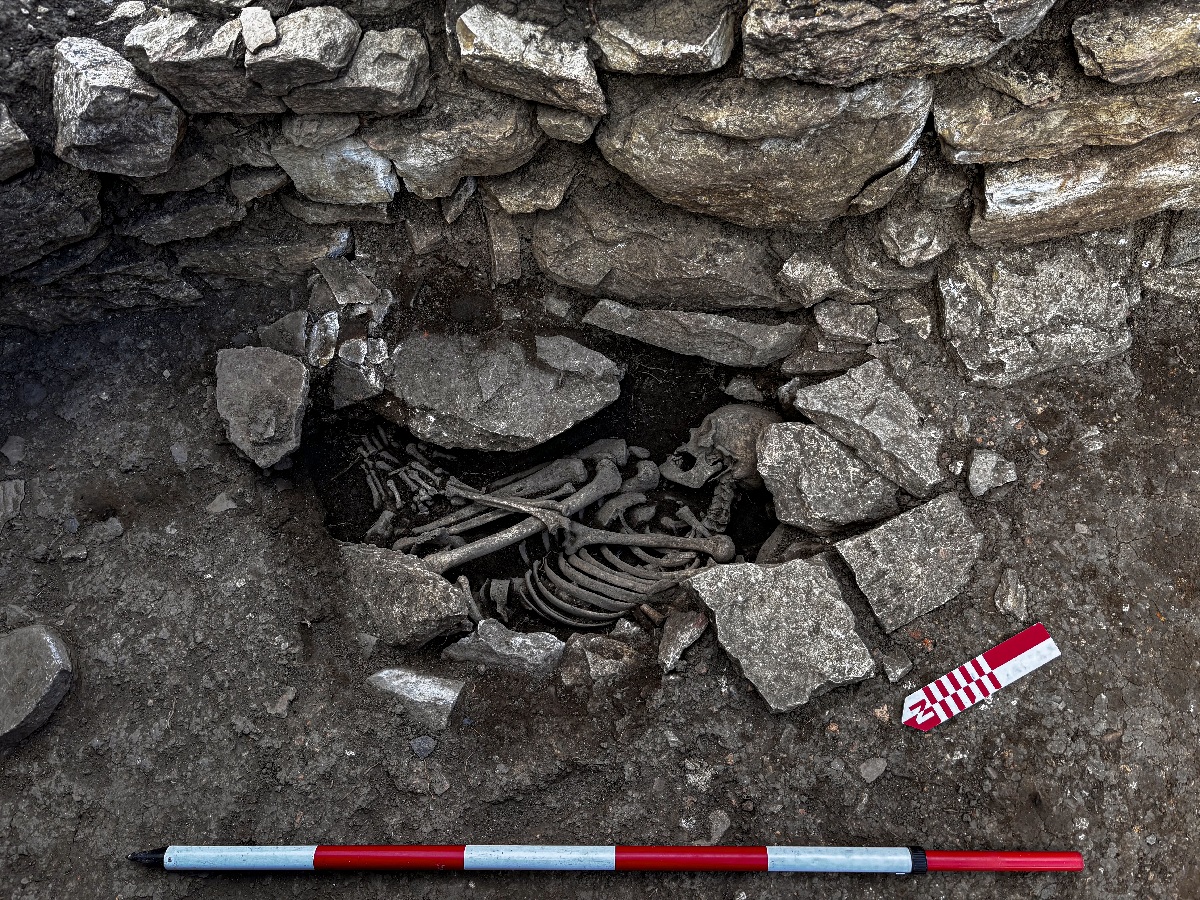Archaeologists from Peru’s Ministry of Culture have unearthed a chulpa type funerary structure during excavations at the northern zone of the Kuélap archaeological complex.
Kuélap is situated in the mountainous terrain near the towns of María and Tingo, in the southern part of Peru’s Amazonas region. Perched on a ridge high above the Utcubamba Valley, the city covers an area of approximately 14.8 acres and is shaped like a cigar or irregular trapezoid.
Kuélap was built by the Chachapoyas culture in the 6th century AD and is renowned for its towering defensive walls, the purpose of which has been debated by archaeologists for decades.
The most widely accepted theory holds that these walls were constructed as a defensive measure against raids and invasions by neighboring lowland cultures, who were expanding their territories toward the Chachapoya region.
At its peak, Kuélap is estimated to have been home to around 3,000 inhabitants, however, the city was abandoned around AD 1570 following the Spanish Conquest.

Recent excavations, led by the Kuélap Archaeological Research Program (PRIAK), have investigated six circular structures, several of which contained burials preceding the city’s abandonment
One notable discovery is a chulpa-style funerary building, where archaeologists uncovered a burial along with a set of funerary offerings, offering valuable insight into Kuélap’s burial practices and societal organisation.
Among the offerings are a finely crafted stone axe, a slate pendant engraved with geometric designs, fragments of stone tools and metal objects associated with closing rituals.
“These discoveries help us better understand funerary and domestic traditions in northern Kuélap and suggest possible familial relationships among the individuals buried here,” stated PRIAK archaeologists.
The ongoing research at Kuélap is part of a broader study involving 16 excavation areas, covering over 24,000 square metres within the walled city.
Header Image Credit : Peruvian State
Sources : Peruvian State





